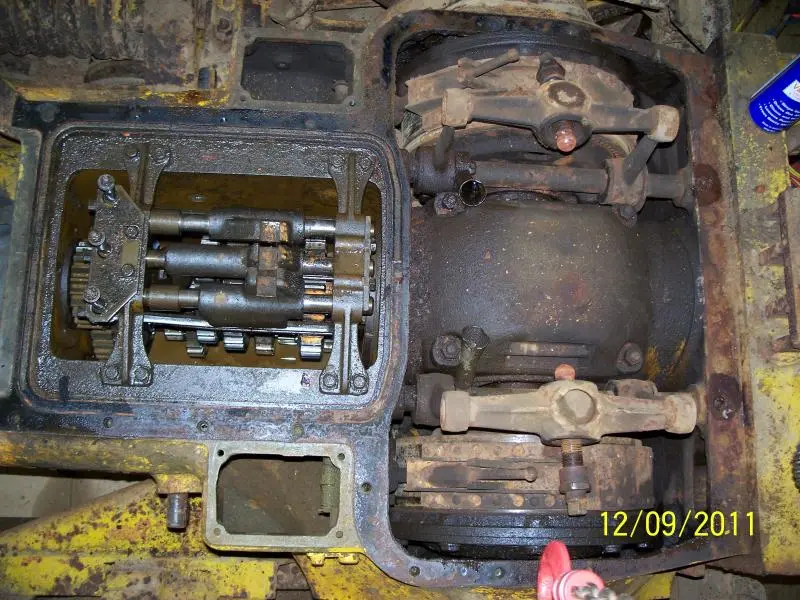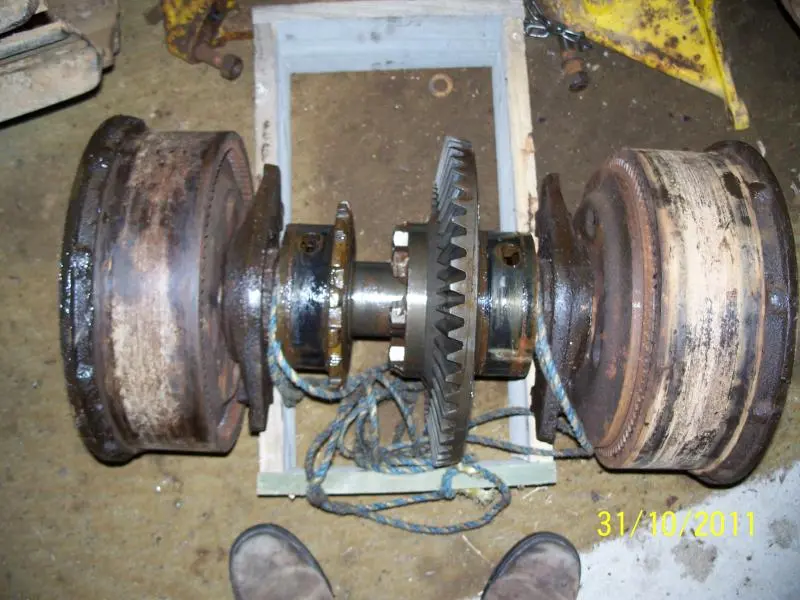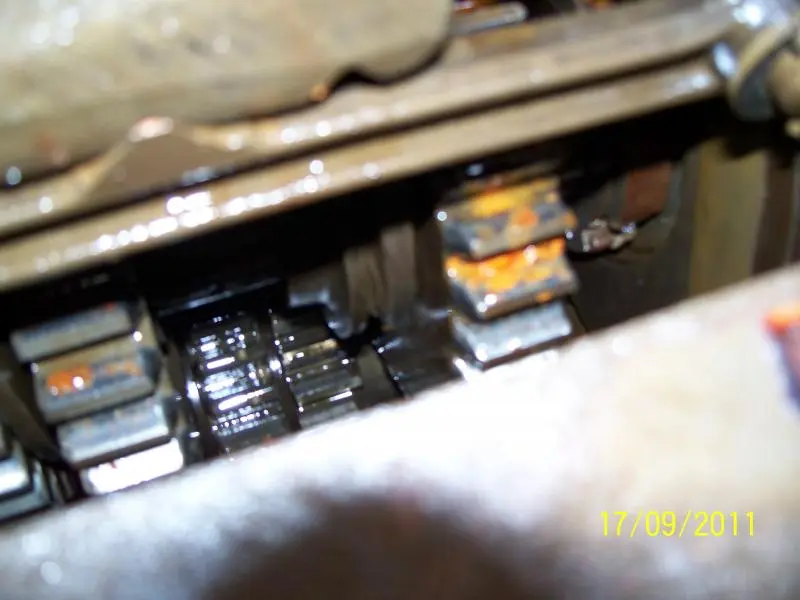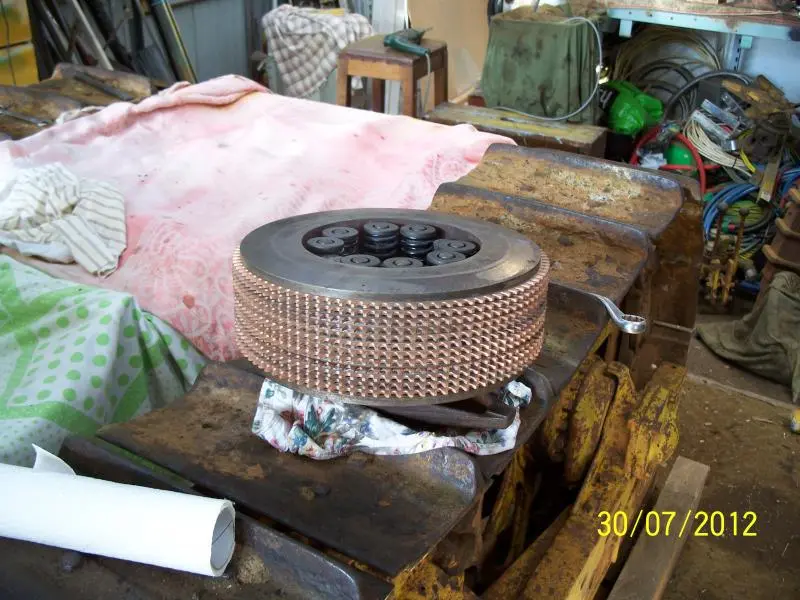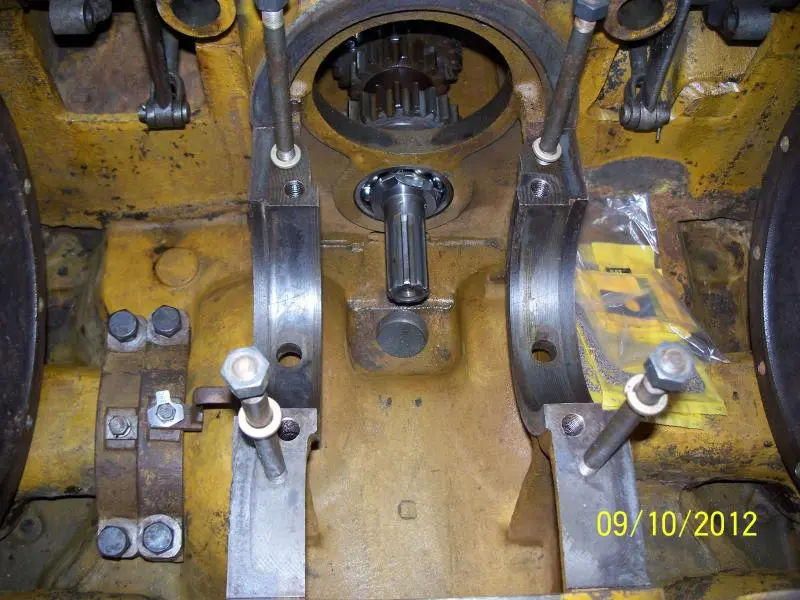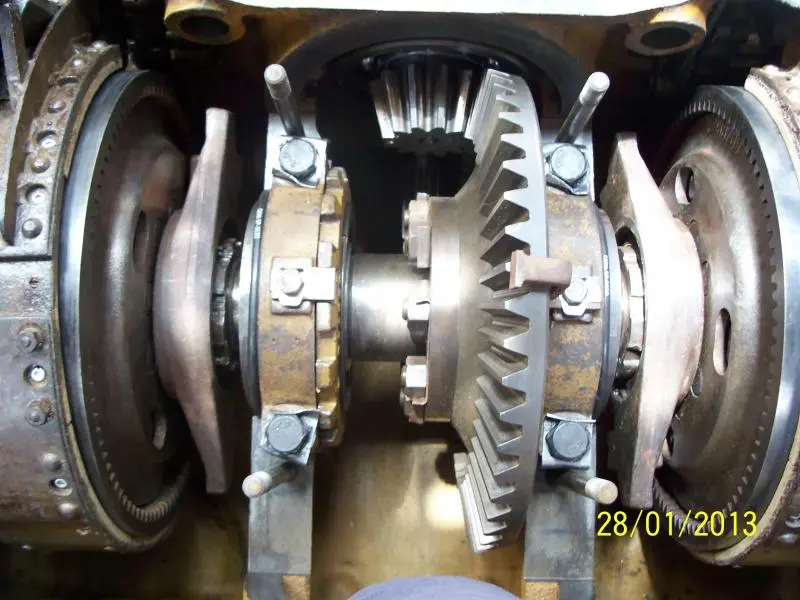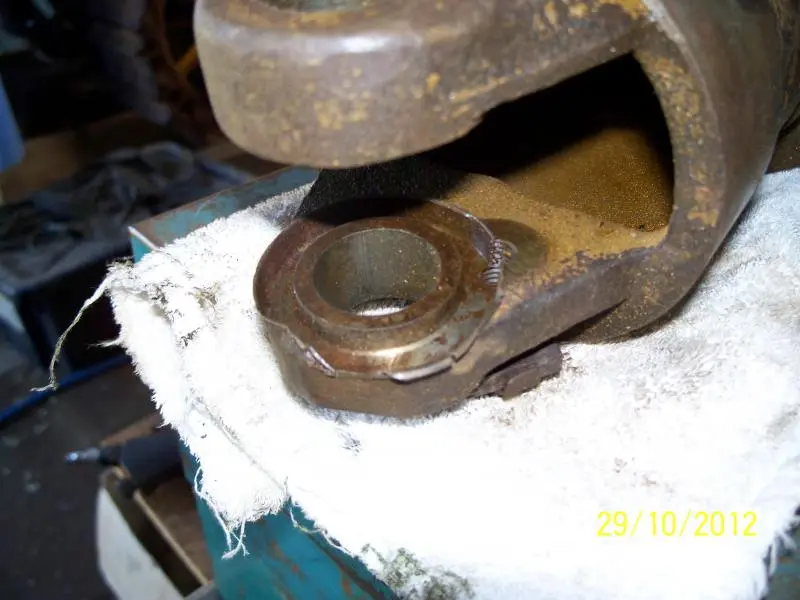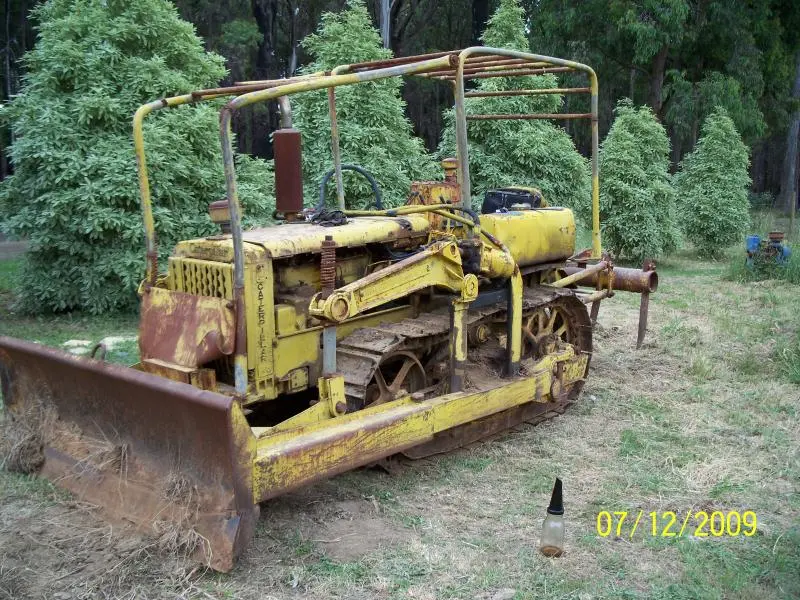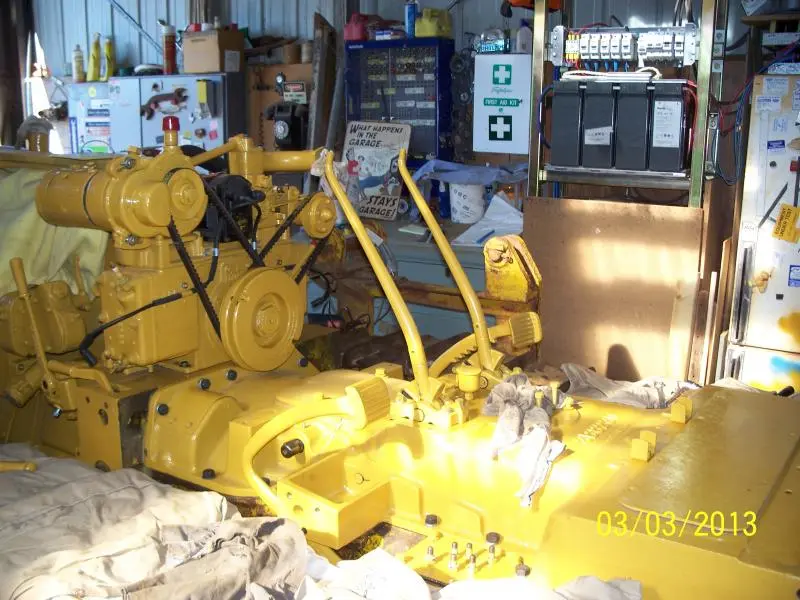Reply to Newbie:
Hello Drujinin,
Thanks for that. I had no idea as to whether it was likely that they are siezed or not. As you suggested I will search the previous threads and research the diffeent methods of getting them to free up.
Isn't the clutch plate ruined by being soaked in diesel?
Am I right in assuming that it's a BIG job to replace them?
There is a reason I picked "Newbie" as a handle. 😊
Cheers,
Phill.
That tractor of yours was stored in a shed I believe you said, so I'd be thinking you have a good chance of them freeing on their own once you get the motors running and the tracks loose and put the tractor to work, it is a bit of a job to pull the clutches and you need access to a large press to re-install them on the cross shaft, and they are heavy as a unit, but you sound like a bright fella so it might not be too hard for you.
If I was you, and assuming you are going to paint everything, I'd pull the seat box, fuel tank and fenders off and get them primed and painted ready to refit, and while they are off the tractor I'd remove the transmission cover which will give you access to the main clutch and the starter motor pinion sitting inside the bellhousing, these pinions have a habit of losing the 4 little bolts that hold them together, or just wearing out, and it would be a shame to get the motors both running only to find the starter pinion will not engage, or more importantly, not disengage! Unless the previous owner can confirm the transmission and rear end was rebuilt or fully serviced by a proper Mechanic I'd be assuming it hadn't been touched since 1936, so you only have a extra couple of hours labor in pulling the tranny cover once the seat box and fenders are removed.
Many of the early D4 transmission covers had a cut put in them to enable easier access to the main clutch and you might see this cut going east-west in front of your steering clutch levers near where there is a small inspection cover, I can post a photo of it if needed. With the tranny cover off you can really check your brake bands, main clutch plate, steering clutch bearings and clutch plate wear, plus the seals on the cross shaft carrying the steering clutches maybe leaking and you can check that, and give the gearbox a really good flush checking the gears and bearings while you are there.
It sounds like you intend working this tractor so go the extra yard now is my advice, then you will have the confidence to push her hard as she was designed to work, that tranny cover just has a simple cork seal which can be re-used with a coating of gasket goo. Get a Parts Number Book off Fleabay to go with your Service Books, so you know what bits you need, nearly all the gaskets, seals and bearings you might need are available from your Cat Dealer.
Regards
Mike
